A former mayor with a taste for exotic animals is keeping a tradition that many consider savage alive.
On a warm and cloudless Sunday afternoon in the middle of August, Michelito Lagravere strode into the brand-new Caliente Plaza de Toros in downtown Tijuana to the sound of his name chanted by 3,000 spectators. Barely taller than a bull himself—hence his name, Little Michel, after his father, a French-born bullfighter—Lagravere is unassuming and affable in person, but confident and charismatic in the ring. At 19 years old, he has already notched more than 100 kills, at least four times as many as the average aspiring matador, or novillero, of the same age.
Lagravere is the youngest bullfighter in history to earn the official title of matador; prior to him, that record had been held for over 50 years by Luis Miguel Dominguín, the man immortalized in Hemingway’s The Dangerous Summer. Growing up under his father’s tutelage, Lagravere first fought in front of audiences at the age of six, and has known he wanted to fight since he was four. That afternoon, he worked close to the bull, comfortably professional: every inch the prodigy.

He swooped in for the kill, quick and agile, his sword bouncing off the bone twice. On the third hit, the bull dropped hard to the dirt. It was a clean kill as far as bullfighting goes, and certainly better those managed by the two more senior toreadors who preceded him that day.
Antonio Garcia, billed as El Chihuahua, had entered the arena first with a bandage on his right hand. He’d sustained the injury the day before at a vineyard south of town in an informal mano a mano bout against his competitor, Alfredo Rios, a.k.a. El Conde, who would follow him in Tijuana the next day. At the vineyard on Saturday, where seats at the private ring easily netted $300, he’d finished off his bull with one plunge, despite his injury. In Tijuana he didn’t fare as well, landing the sword in the bull’s flank and stalking the wounded animal around the ring, jabbing at its neck again and again until it toppled. El Conde’s kill in Tijuana went even worse. He brought the bull down but failed to kill it; it fell to one of his subordinates to come out and finish the job with a short sword.
I watched from the stands alongside Armenui Avakian, whose family has owned the Hotel Caesar in downtown Tijuana for over five decades. When bullfighting still thrived in Mexico through the latter half of the last century, the hotel was the accommodation of choice for matadors and their retinues (it’s also where the eponymous salad was invented). Avakian, in her thirties, grew up around bullfighters. “Disgraceful. My father would have been appalled,” she said, echoing a consensus among critics and fans that the sport isn’t what it used to be.
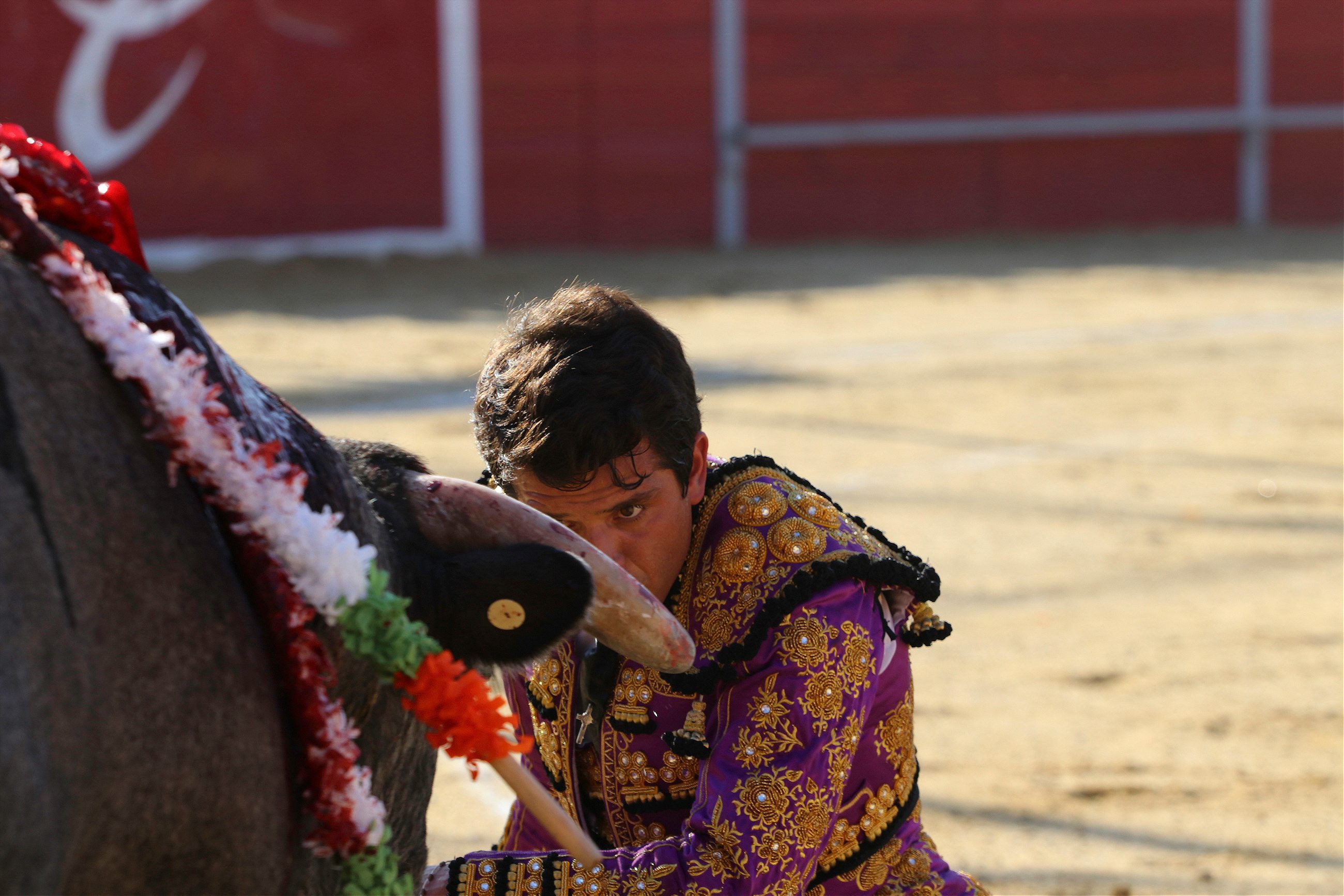
From 1960 until this year, the venue for bullfights in Tijuana was the seaside Plaza Monumental, a picturesque arena a short drive west from downtown. Once popular among American daytrippers, as well as Hollywood celebrities, the Plaza Monumental shut its doors last season, another casualty of a nationwide decline in interest in bullfighting. Attendance had dropped precipitously from the days when the Monumental drew a full house of 20,000; in recent years the average hovered around one quarter of capacity. When I crossed the border into Tijuana, I mentioned to the border officer that I’d come to see a bullfight in the new arena downtown. He hadn’t realized that Plaza Monumental had been replaced. “A new bullring? Downtown?” he asked, shaking his head. “Savagery.”
Ivan Marquez, founder of the Tijuana-based animal-rights group ProvidAnimal TJ, sees the move from the Plaza Monumental as a victory, if an incomplete one. For years now, Marquez has led the fight for a legal ban on bullfighting in the state of Baja California, similar to bans already passed in the states of Coahuila, Guerrero, and Sonora. Downsizing to the new arena has meant a decrease in the number of annual corridas from six to three. Still, the sport remains popular enough to fill the new arena’s 3,000 seats. And activists who used to protest outside the Plaza Monumental tend to avoid the downtown location. Marquez described the Arena Caliente as a “wolf’s nest.”
The wolf, in this case, is Jorge Hank Rhon, the former mayor of Tijuana, who owns the new Arena, the adjacent soccer stadium and greyhound track, and the sports-betting and entertainment conglomerate, Grupo Caliente, that gives all three their names. He also owns the hundreds of animals, some of them rare and exotic, that fill the acres of cages surrounding the arena.
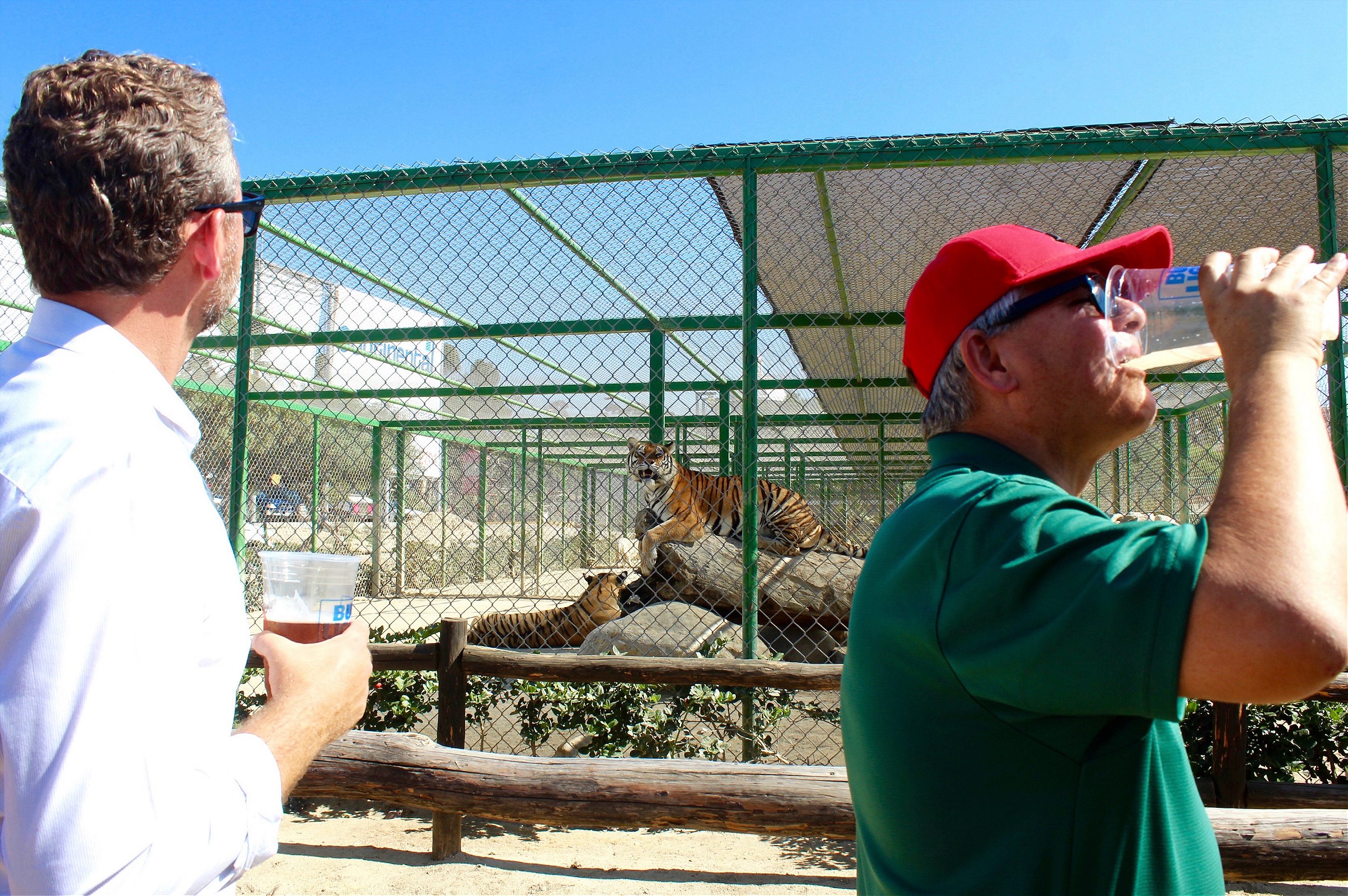
Hank’s notorious private zoo allegedly includes more than 20,000 animals, the more exotic of which come from unlicensed private sellers overseas, are bought from zoos, or, rumor has it, are smuggled across the border from the US. Most of the display visible from the parking lot and street is relatively mundane—peacocks, ostriches, a yak—but nearer to the arena itself, visitors catch a glimpse of the collection’s gems: the Bengal tigers. According to another rumor (rumors have their way of attaching themselves to Hank Rhon), his collection includes exceptionally rare white tigers as well, hidden away in the zoo’s mysterious inner sanctum.
Animal stories figure prominently into the aura of myth, legend, and fact that surrounds Hank Rhon. In 1991, a white tiger cub named Blanca, one of Hank’s, was nabbed from the rear seat of a Mercedes by San Diego border agents on its way back from a birthday party. That’s fact. Other legends are more difficult to pin down.
80 percent of the Baja populace opposes bullfighting and would like to see it banned
The festivities leading up to the bullfight that August afternoon were so raucous and prolonged—basically a sprawling tailgate party, heavy on beer and micheladas—that the bullfight itself felt almost like an afterthought. Banks of speakers on a large stage blared American pop music while a band of mariachis waited their turn off-stage, the clarinetist amusing himself by playing along to the sax solo in Billy Joel’s “Just the Way You Are.” Spectators staggered up to booths selling heaping plates of paella, the product of a tournament earlier in the afternoon between the city’s top ten paelleros.
The great man himself made his entrance midway through the party, rolling up to the arena in a black Mercedes sedan. A banquet table draped in red awaited at the edge of the tented space where the party ground noisily on. Over the next hour a succession of well-dressed men and women stopped by to pay homage to Hank, who wore his trademark leather vest, which some claim is made from the skins of Xoloscuintles, an indigenous dog breed that lends its name to his five-year-old premier-league soccer franchise. Eventually an announcer cleared the mariachis from the stage, lauded Hank in a lengthy and officious speech, and invited the by-now rowdy crowd into the arena.
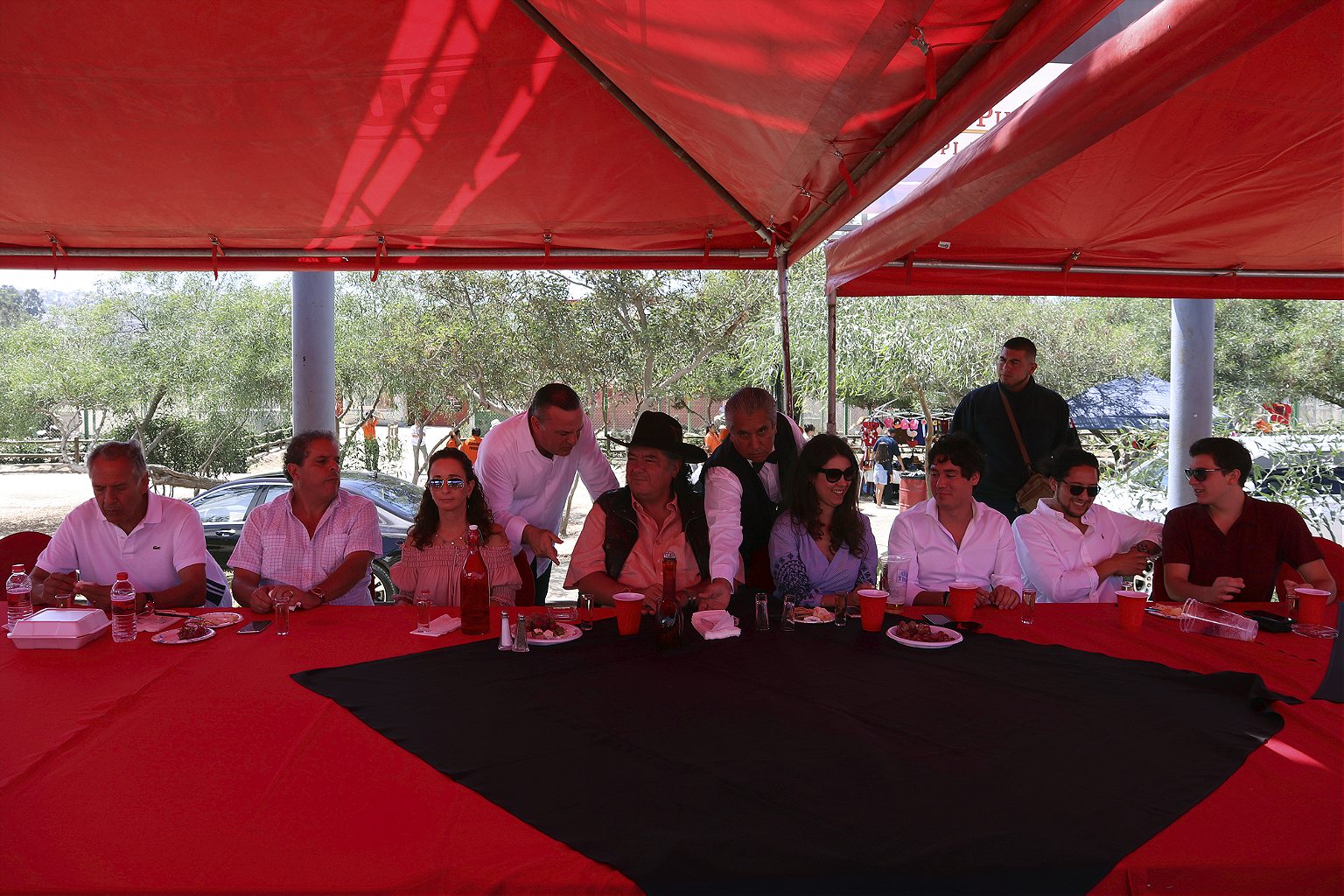
To reach the bullring, I followed the rest of the spectators down a narrow walkway that traversed rows of tiger cages, boxy rectangular enclosures similar to backyard dog runs, decorated sparsely with rocks and driftwood and fringed with dry shrubs. On either side of us were tigers, perhaps two dozen in all, huge and powerful, napping or grooming themselves. When I made my way toward the interior of the zoo, I was turned away by security guards in orange uniforms. Hank Rhon and his inner world remain, as many in Tijuana can attest, untouchable.
It’s widely assumed that Hank Rhon will run for governor of Baja California in the near future, setting the stage for a confrontation between political exigency and personal business interests. A recent survey by the Tijuana-based marketing firm IMERK found that nearly 80 percent of the Baja populace opposes bullfighting and would like to see it banned; just last spring, the state legislature nearly passed just such a measure. Technically, Hank Rhon’s Arena Caliente, which, through a legal technicality, falls under federal, rather than municipal, jurisdiction, would be immune to a state ban. But votes are votes. Keeping the ring open risks alienating a majority of potential constituents.
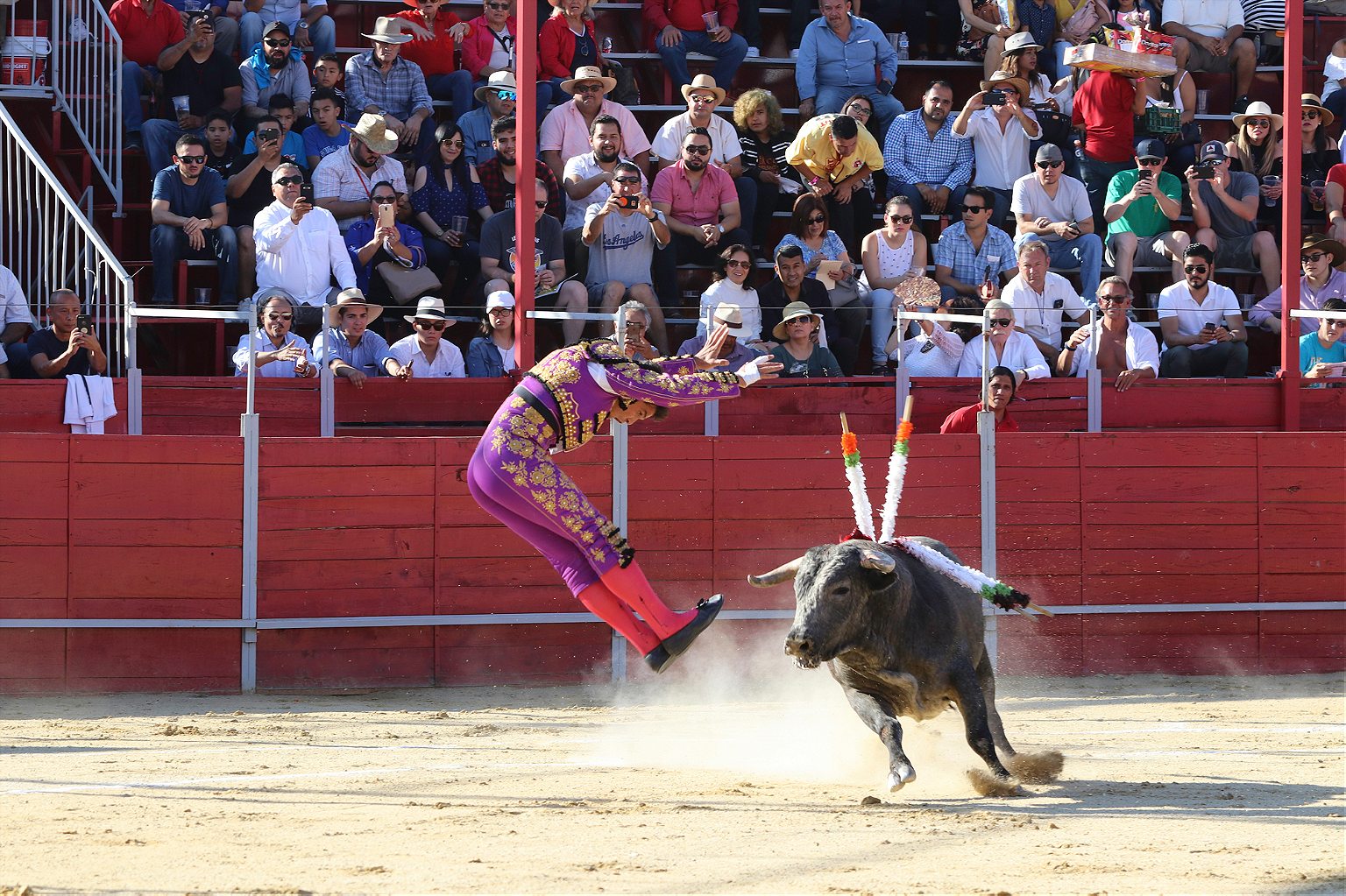
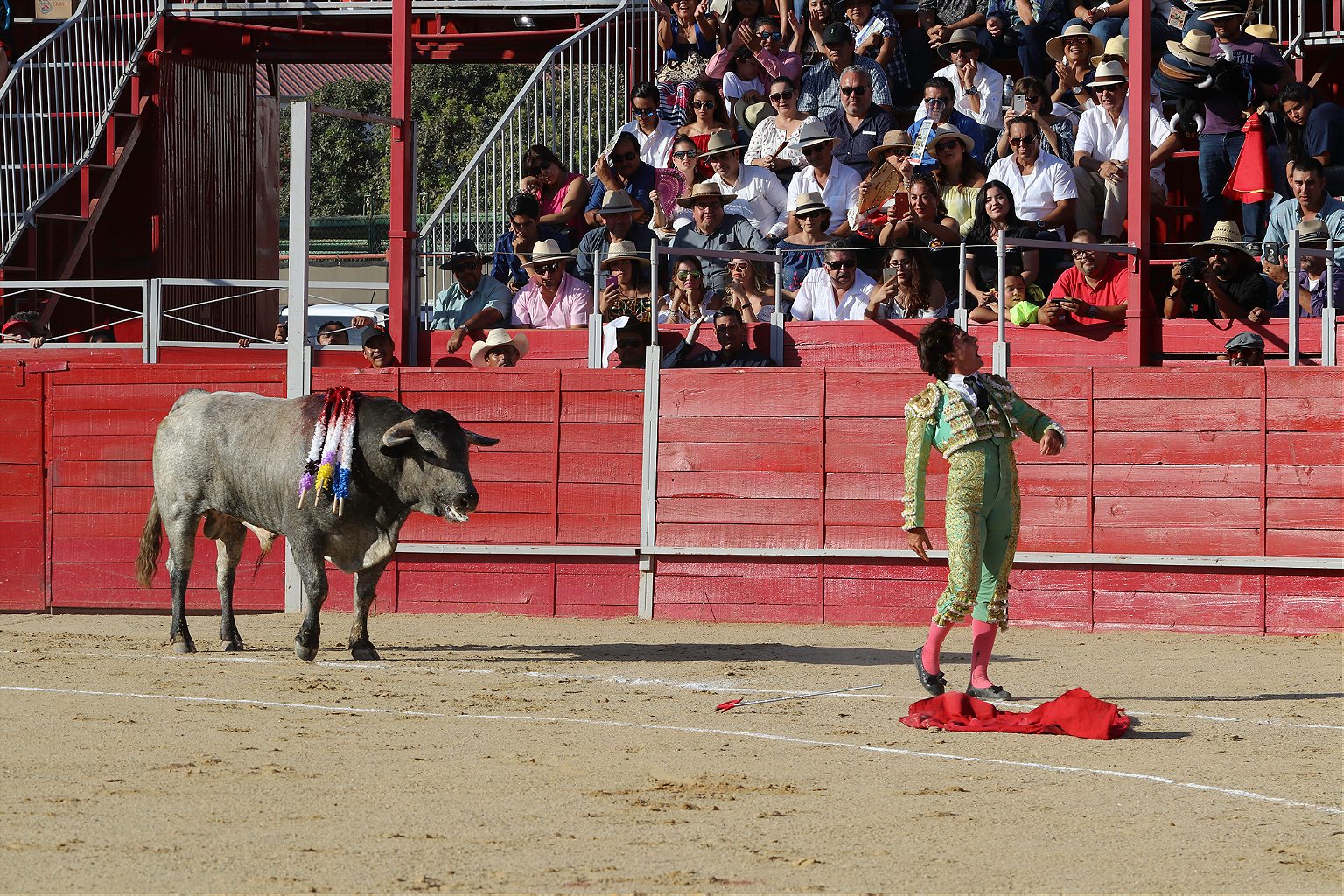
When I asked Ivan Marquez whether he believed that ProvidAnimal, his animal-rights group, could survive in a Hank Rhon-governed Baja, he was optimistic. “Of course we will survive, we are the voice of thousands, the dream of a better future for animals.”
Michelito Lagravere’s future, however, is less certain. He’s a rising star in a declining sport, continuing to kill, to the delighted cheers of thousands, with a sword passed down to him by his father. No one doubts the decline of bullfighting, only how quickly it will happen. Young as he is, Michelito may well live to see his profession’s last days.
José Amador Pelayo Leal has been photographing bullfights in Tijuana since 1987 and is a regular contributor to Altoromexico.com. Armenui Avakian is a Tijuana-based photographer.